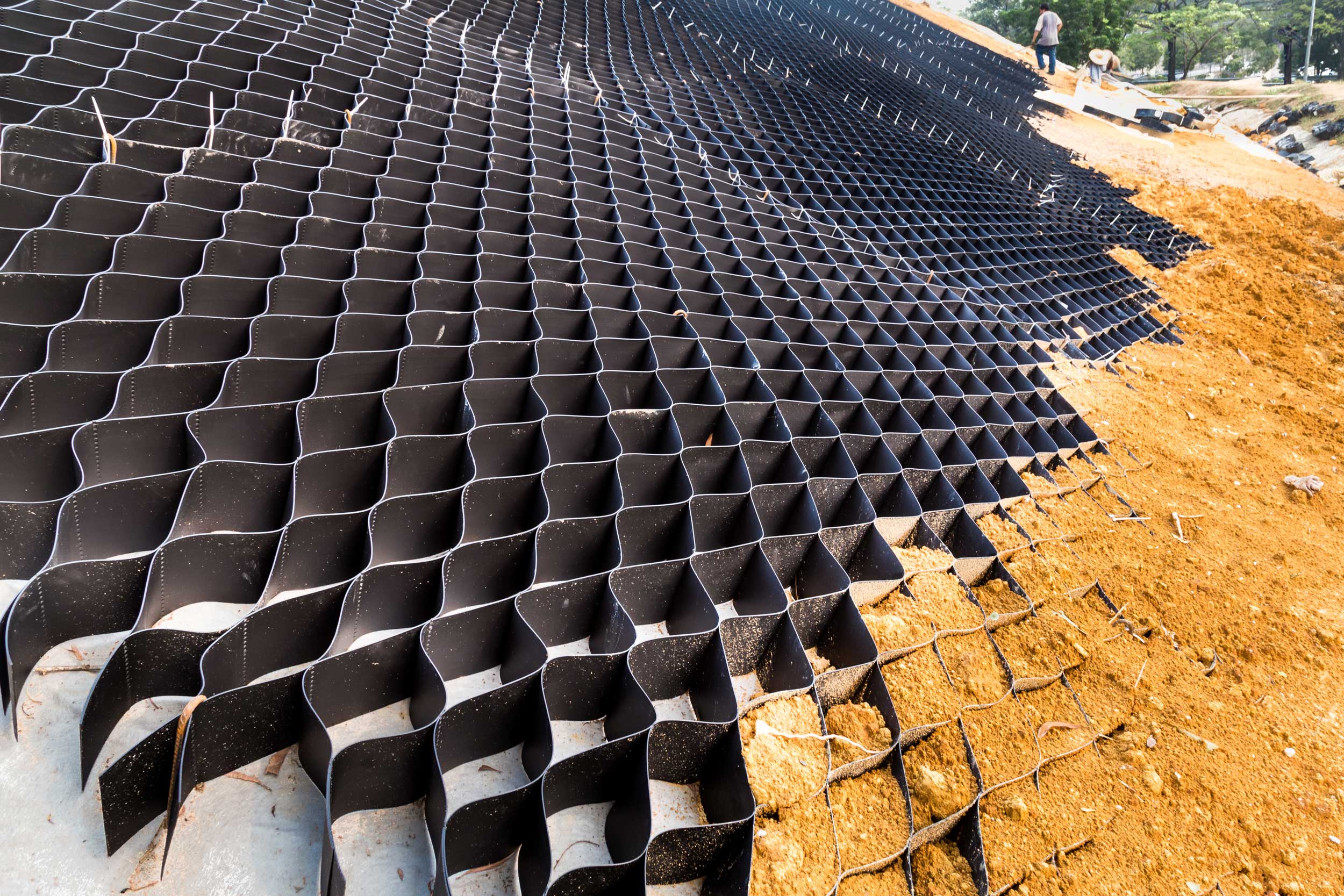Silt Fences: Your First Line of Protection Versus Erosion
Wiki Article
Best Practices for Erosion Control in Construction Projects
Are you servicing a building and construction project and concerned concerning disintegration control? Look no further! In this write-up, we will lead you with the ideal techniques for protecting against erosion on your website. You'll uncover five essential strategies, efficient debris and drainage monitoring methods, key factors to consider for incline stablizing, and tips for shielding vegetation and dirt. We'll also look into the value of applying appropriate drain systems. Prepare to deal with disintegration head-on and ensure the success of your construction project.5 Essential Erosion Control Methods

To efficiently control erosion on your building and construction site, you'll need to carry out necessary methods such as slope stabilization and sediment control measures. Incline stabilization is critical in protecting against soil erosion on steep inclines. An additional efficient method is the use of disintegration control coverings or mats, which are placed on the incline and assistance maintain dirt fragments while allowing plants to expand.
Effective Sediment and Drainage Management

You can successfully manage debris and runoff in your building and construction task by implementing proper erosion control steps. Debris and runoff management is important to avoid disintegration and safeguard the surrounding environment. One effective procedure is the installation of silt fences along the perimeter of the building site. These fences assist to consist of debris and stop it from entering nearby water bodies. Another essential practice is the execution of erosion control coverings or mats. These blankets provide a safety layer on bare dirt, minimizing the effect of rains and protecting against erosion. Additionally, using debris basins or sediment catches can help to catch sediment and prevent it from entering stormwater systems. Normal upkeep of these actions is important to guarantee their effectiveness throughout the construction job. This consists of evaluating and cleansing sediment containers and routinely replacing silt fences and disintegration control blankets as required. By applying these disintegration control measures, you can properly manage sediment and drainage in your construction task, decreasing the impact on the environment and following regulative requirements.
Trick Factors To Consider for Incline Stablizing
You need to thoroughly check out the slope's qualities, such as its composition, angle, and water drainage patterns. Look for indicators of disintegration, such as subjected origins, splits, or down dirt.An additional alternative is to grow plants on the slope, as the origins can help secure the soil and control erosion. In addition, mounting disintegration control coverings or floor coverings can provide prompt defense while plants ends up being well-known.
It's essential to regularly monitor the maintained inclines to guarantee their performance. Keep an eye out for any indications of motion or erosion, and take instant action if needed. Regular maintenance, such as inspecting and fixing any damaged actions, is likewise necessary to make certain long-term stability.
Best Practices for Plants and Soil Security
One effective method to protect plants and dirt on slopes is by on a regular basis examining for indications of erosion and taking instant activity if needed. Beginning by checking the incline for any indicators of disintegration, such as subjected roots, bare soil patches, or debris build-up at the base. Implement erosion control measures such as installing disintegration control coverings, mulching, or also building keeping wall surfaces if required.Implementing Appropriate Water Drainage Equipments
To efficiently execute proper water drainage systems, it's crucial to consider the slope gradient and dirt kind. Comprehending these variables is crucial when it comes to taking care of water flow and avoiding erosion. The incline gradient plays a significant function in determining how water moves throughout the land. Steeper inclines can result in quicker water flow, raising the risk of disintegration and flooding. On the various other hand, gentler slopes permit water to stream extra gradually, minimizing erosion capacity. By evaluating the slope gradient, you can develop an efficient water drainage system that fits the natural water movement.Sandy dirts often tend their explanation to drain pipes faster due to their crude structure, while clay dirts have a slower drainage price due to their compact nature. Furthermore, considering the soil attributes aids avoid waterlogging, which can lead to inadequate plant growth and damage to structures.
Verdict
In verdict, when it pertains to disintegration control in building projects, you must comply with these ideal techniques. Apply effective artificial grass edging debris and drainage administration strategies to avoid contamination. Take into consideration slope stabilization techniques to ensure the security of the website. Protect plant life and dirt by using suitable procedures. Finally, establish proper drain systems to handle water circulation. By following these vital techniques, you can efficiently control disintegration and make certain the success of your construction job.To effectively control erosion on your building website, you'll need to carry out crucial methods such as incline stablizing and debris control procedures. Slope stabilization is essential in preventing soil disintegration on steep inclines. One more efficient method is the usage of disintegration control blankets or floor coverings, which are put on the incline and this help preserve dirt bits while enabling plants to expand. An additional choice is to plant greenery on the slope, as the origins can assist secure the soil and control disintegration. Implement erosion control steps such as setting up disintegration control blankets, mulching, or even constructing maintaining wall surfaces if required.
Report this wiki page